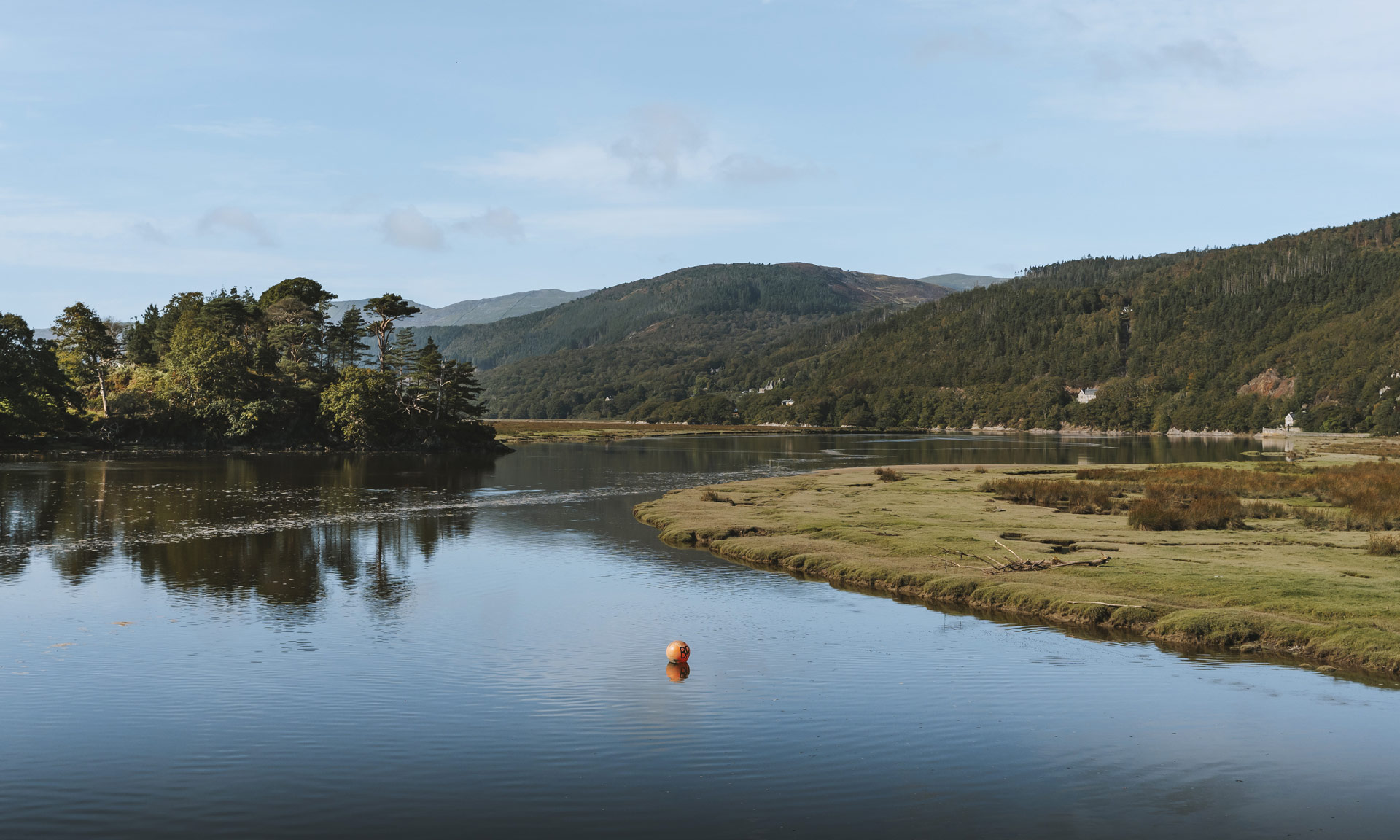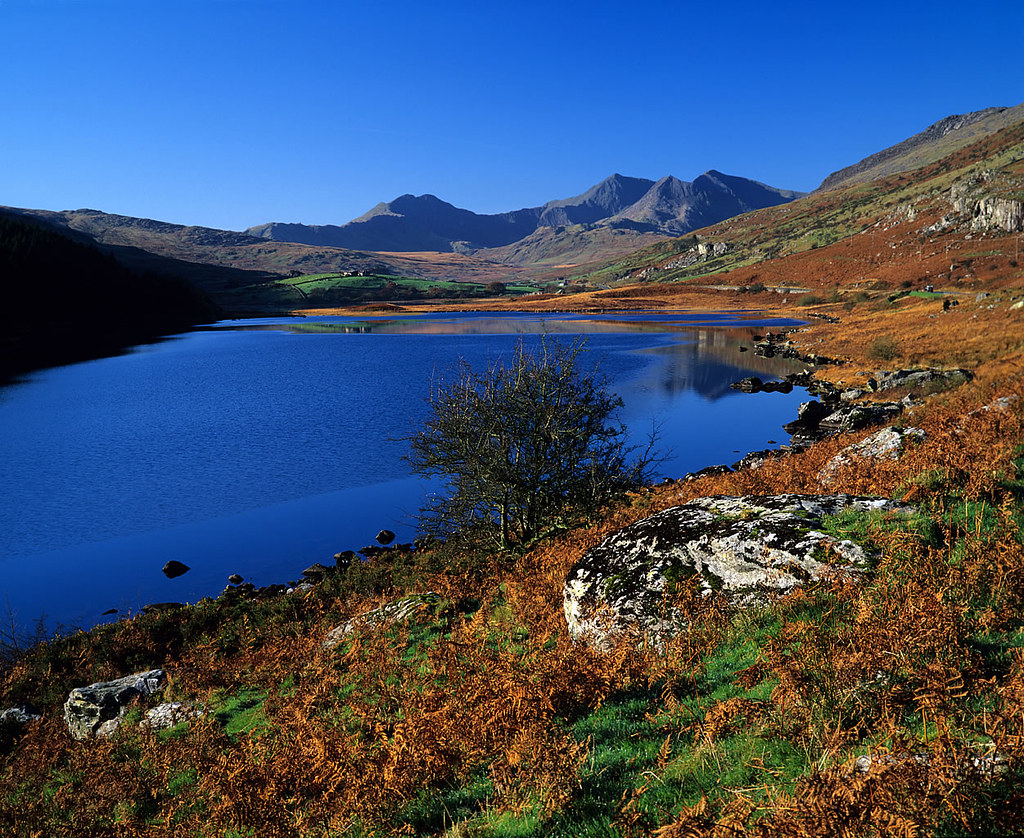At today’s meeting of the Snowdonia National Park Authority committee, Members voted to use the Welsh names of Eryri (Snowdonia) and Yr Wyddfa (Snowdon) in both Welsh and English contexts. A paper on Place Names Principles was also adopted as a guide for the Authority on the use of place names within the National Park.
A five thousand strong petition calling on the National Park Authority to formalise the Authority’s use of the Welsh names Eryri and Yr Wyddfa boosted the Authority to take decisive action. The petition was instigated in response to a proposal by Councillor John Pughe Roberts for the Authority to cease to use the English names Snowdon and Snowdonia. The proposal was rejected at that time on the basis that a Task and Finish Group had already been established to look at the use of place names.
Dr Dylan Foster Evans of Cardiff University was commissioned by the Place Names Task and Finish Group to compile a series of principles for use as guidance when referring to geographical names in the Eryri / Snowdonia National Park. The principles will assist the Authority to synchronise its approach in dealing with place names.
A move towards using the Welsh names in English context started a few years ago, with many of the Authority’s English version of publications and digital communications media using the names Eryri and Yr Wyddfa, with a reference to the English names in brackets to follow.
Naomi Jones, Head of Cultural Heritage at the Snowdonia National Park Authority said:
“Many public bodies across Wales have moved to use both the Welsh and English names, or the Welsh name only, when referring to Yr Wyddfa and Eryri, as have many of the mainstream English-language press and filming companies. This is very encouraging, and gives us confidence that this change in the Authority’s approach will be accepted for the benefit of the Welsh language and as a mark of respect to our cultural heritage.
We have historic names in both languages, but we are eager to consider the message we wish to convey about place names, and the role they have to play in our current cultural heritage by promoting the Welsh language as one of the National Park’s special qualities. The National Park’s statutory purposes denotes the requirement to protect and enhance our cultural heritage and provide opportunities for people to learn about and enjoy the special qualities. By referring to our most renowned landmarks by their Welsh names we give people from all over the world the opportunity to engage with the Welsh language and its rich culture.”
As a result, the move that is already underway towards using Welsh names in every context will continue over time, as publications and interpretation materials are updated. This will enable all to familiarise themselves with the new policy and to continue to be able to access the information they need.



